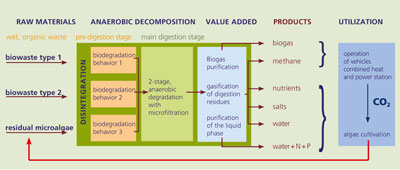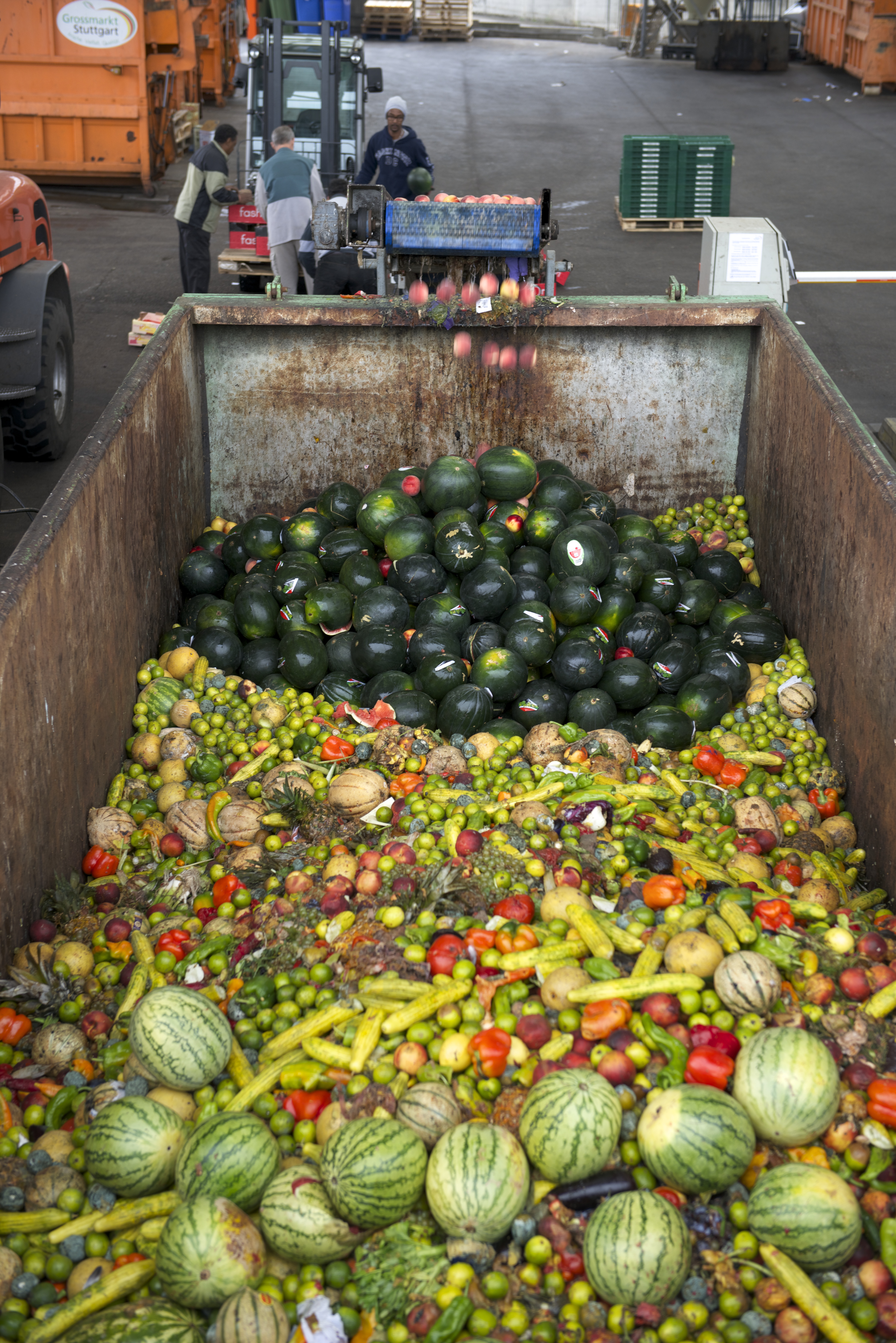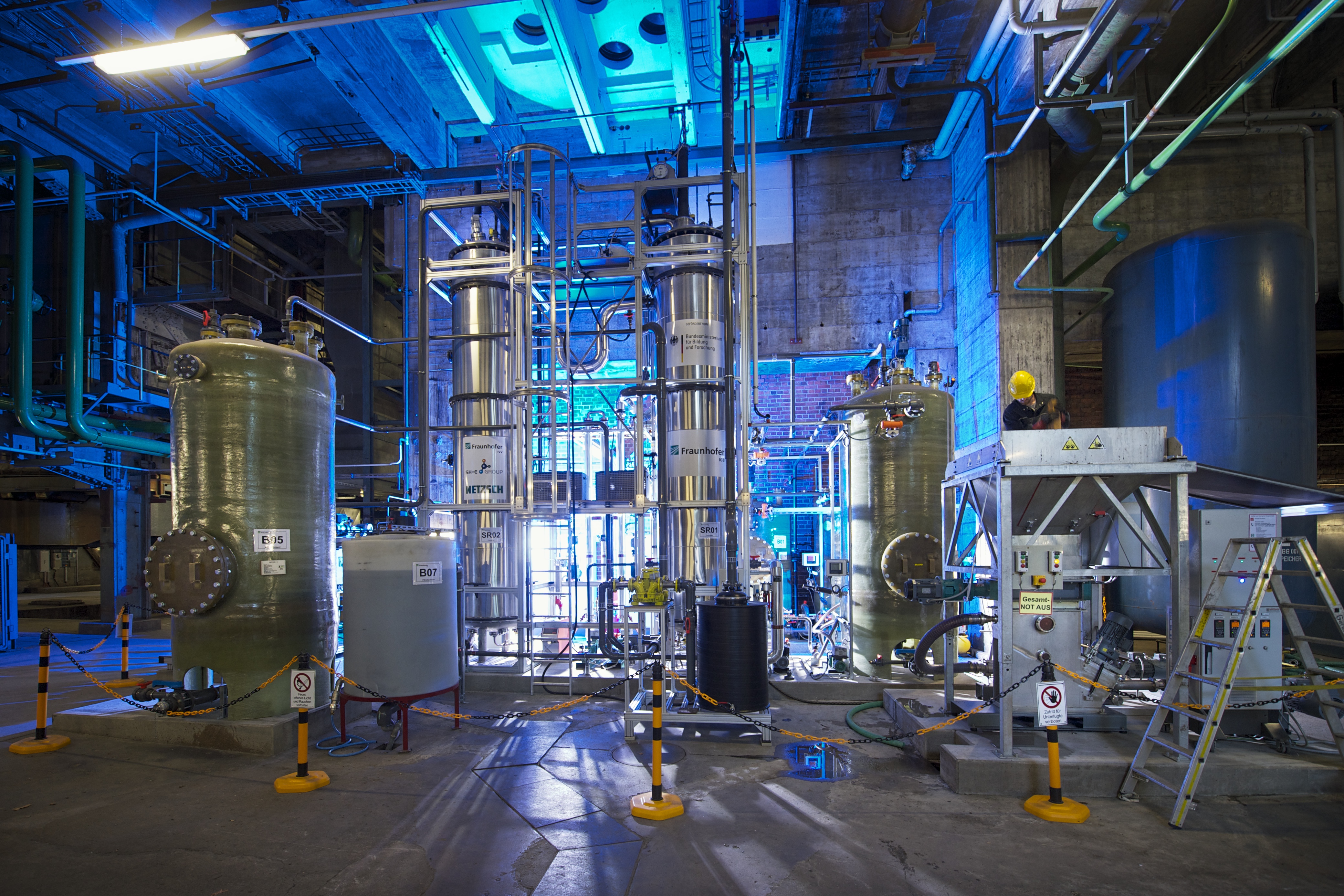Biogas from waste – for a sustainable mobility
In order to reduce dependence on dwindling oil resources and at the same time reduce carbon dioxide emissions, the use of renewable energies is a sustainable alternative. The use of plant biomass to produce bioenergy – electricity, heat or fuels – plays a prominent role here.
However, the potential of waste biomass for the production of biogas and its use as a fuel has not yet been fully exploited. Organic waste materials with a high water content and low lignin and lignocellulose content, e.g. waste from the food industry, wholesale market waste or algae residues, are best suited for fermentation.
Coordinated by Fraunhofer IGB, a project consortium has therefore set itself the goal of completely converting easily fermentable wet biomass with a low lignocellulose content into biogas using an adapted high-load fermentation process with maximum energy production and at the same time closing all material cycles. In the EtaMax project, the consortium focuses in particular on low-cost biowaste and residual algae biomass that does not compete with food.
The project focused on the regional production and use of renewable methane from biogas. The purified biomethane was used as vehicle fuel for CNG (compressed natural gas) vehicles. Liquid, nutrient-rich fermentation residues produced during fermentation were used to grow microalgae, as they contain sufficient amounts of the inorganic nutrients necessary for algae growth.
 Fraunhofer Institute for Interfacial Engineering and Biotechnology IGB
Fraunhofer Institute for Interfacial Engineering and Biotechnology IGB


